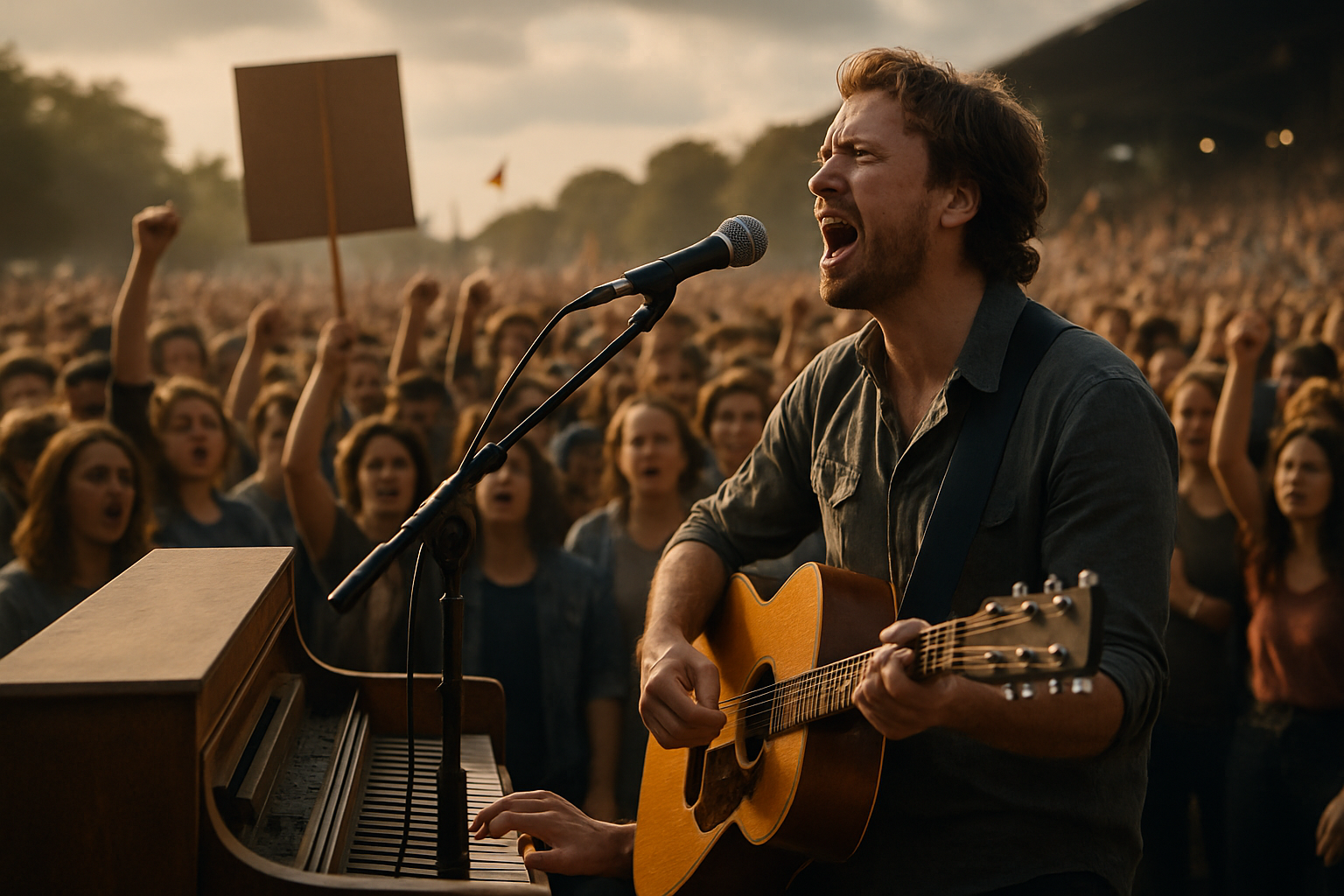Breaking Barriers: The Increasing Role of Adapted Sports in Society
The world of sports is a magnificent, ever-evolving arena that encapsulates the human spirit's resilience, determination, and desire to transcend boundaries. Yet, one area often overlooked is the world of adapted sports, a sphere that allows individuals with disabilities to showcase their athletic prowess and passion. This article delves into the fascinating realm of adapted sports, exploring its historical development, the current trends shaping it, and how it continues to challenge societal perceptions of disability.

A Historical Glimpse into Adapted Sports
The history of adapted sports is a testament to the human spirit’s indomitable will. The first official attempt to organize sports for people with disabilities began after World War II, when Ludwig Guttmann, a neurologist, introduced wheelchair basketball to rehabilitate wounded veterans. This marked the genesis of the Paralympic movement, which emerged as a beacon of hope for individuals with disabilities, offering them an avenue to demonstrate their athletic abilities.
Contemporary Trends and Insights in Adapted Sports
In the contemporary sports landscape, adapted sports have gained considerable traction, evolving into a significant phenomenon. More sports are being adapted to accommodate individuals with disabilities, and the Paralympics has grown exponentially in terms of athlete participation and global viewership. Adapted sports like wheelchair rugby, blind soccer, and sitting volleyball have garnered increasing attention, illustrating society’s growing recognition of disabled athletes’ capabilities.
The Practical Implications of Adapted Sports
Adapted sports have far-reaching implications, both for the athletes involved and the broader society. For athletes, participation in adapted sports brings numerous benefits, such as improved physical health, enhanced self-esteem, and increased social interaction. Additionally, these sports present opportunities for athletes with disabilities to compete at the highest level, challenging societal stereotypes and sparking conversations about inclusivity and diversity in sports.
The Challenges and Future Prospects of Adapted Sports
Despite the significant progress, adapted sports still face numerous challenges, including inadequate funding, limited media coverage, and societal prejudices. However, the future seems promising. With increased advocacy, technological advancements, and a shift in societal perceptions, the world of adapted sports is poised for further growth.
The Power and Potential of Adapted Sports
In conclusion, adapted sports have significantly evolved, providing individuals with disabilities an opportunity to showcase their athletic abilities and transcend societal barriers. Despite the challenges, the future of adapted sports looks promising. As society continues to evolve, so too will the recognition and acceptance of adapted sports, breaking barriers and creating a more inclusive sporting world.





